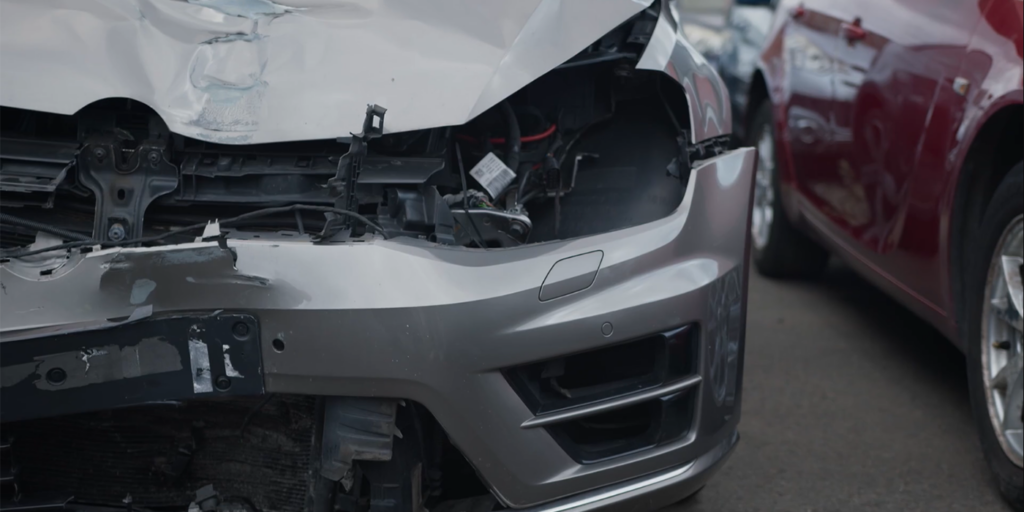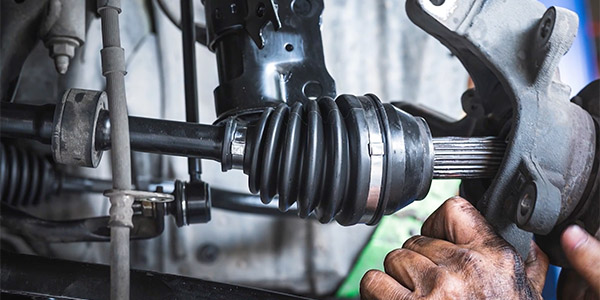CC:
It’s no secret that technology is constantly evolving in the automotive industry. One of the most notable advances from the past few decades has been the introduction of advanced driver assistance systems, also known as ADAS.
First, let’s define the purpose of ADAS. ADAS features are designed to reduce traffic injuries and fatalities, as well as warn the driver of dangers which they may not be able to see. These advanced safety systems are able to automatically apply the brakes, keep the vehicle in its lane of travel, and detect pedestrians or other hazards on the road.
While ADAS is relatively new to the market, we’ve all been familiar with numerous driver assistance systems for a number of years. Things like power steering and cruise control come to mind here. These systems are a big part of ADAS. What is new with ADAS is the addition of electronic add-ons, like object detection devices.
ADAS features use cameras, radar, laser, and/or other sensors to detect and analyze what is around the vehicle. The control units use this data to alert the driver to potential dangers, and in some cases, the system can intervene to avoid a collision or keep the vehicle in its lane of travel. The function and design of ADAS features will vary greatly from one manufacturer to the next, but the end goal is always the same, safety.
It may not surprise you to hear that this technology was first introduced by Mercedes-Benz. After all, they have led the way for the entire industry in luxury technology and safety systems. But you may be surprised to hear when they first introduced it. 1998. That’s right. This technology is over 20 years old now. The 1999 S class was the first vehicle to receive a basic ADAS system, which used a front mounted radar emitter and a brake pedal travel sensor to assist the driver during a panic stop. The system would assist the driver by boosting hydraulic pressure, depending on the brake pedal movement, and a basic radar system.
As with all things in our industry, the technology grew from there, most notably in the past decade. Every single new vehicle and light duty truck sold in the United States today is equipped with at least one ADAS feature. Which one you ask? We’ll come back to that shortly.
So what falls under the umbrella of ados? Blind spot monitoring, parking sensors, adaptive cruise control, auto emergency braking, lane keep assist, and cross traffic alert, just to name a few. These systems are becoming standard in new vehicles, but there is another ADAS system which became mandatory for all vehicles in the US starting in the 2018 model year, a backup camera. Despite how advanced these systems are, sometimes something simple can interfere. A dirty camera lens or radar emitter can produce a faulty reading. Improper calibration could cause the brakes to be applied when there is no danger, or the system could fail to intervene when it is needed most. Collision damage isn’t always detectable from the outside. If a sensor becomes dislodged behind a bumper cover, it won’t be able to do its job effectively.
As technicians, we need a number of things in order to diagnose and repair these advanced systems. We need the right tools and equipment. A simple code reader will not cut it. We need a scan tool which is capable of bidirectional control. With this, we can read data pids from ADAS sensors and modules to get a better understanding of how the system is functioning. When it comes to ensuring an effective and efficient repair, the ability to read, understand, and follow the OE service information is just as critical as the tools in your hands.
Finally, we need to seek out the proper training. You’ve taken the first step by watching this video, and for that, we thank you. Remember, Standard offers a complete ADAS program with hundreds of part numbers, including park assist cameras, lane departure cameras, park assist sensors, steering angle sensors, blind spot detection sensors, and more. For more information on ADAS training, you can contact your local standard sales rep or find it at Standard Brand Training. I’m Brian Sexton. Thanks for watching.














